Vintage Anatolian Jijim Runner 3' 7" x 11' 3" (43" x 135")
Type:
Kilim RugsID:
K0071109Size:
Material:
Colors
- Vibrant Reds: The primary background color is a red, symbolizing strength and power, often associated with the sun and life.
- Bold Blues and Greens: Deep blues and greens provide contrast and represent tranquility, safety, and regeneration, resembling nature.
- Yellows and Oranges: Hints of bright yellows and oranges contribute warmth and optimism, often symbolizing joy and abundance.
Colors
- Vibrant Reds: The primary background color is a red, symbolizing strength and power, often associated with the sun and life.
- Bold Blues and Greens: Deep blues and greens provide contrast and represent tranquility, safety, and regeneration, resembling nature.
- Yellows and Oranges: Hints of bright yellows and oranges contribute warmth and optimism, often symbolizing joy and abundance.
- Neutral Tones: The use of cream and beige accents adds balance while representing simplicity and natural beauty.
Design Elements
- Jijim Technique: This technique gives the rug a unique texture, characterized by its tightly woven patterns that enhance the visual depth.
- Geometric Patterns: The geometric motifs create a sense of order and structure in the design, often seen in traditional kilims, symbolizing a connection to the earth.
- Diamond Shapes: The presence of diamond shapes in the design represents balance and stability, often associated with protection and good fortune.
- Hexagonal and Star Motifs: These motifs are rich in meaning, symbolizing unity, connections, and the cosmos in various cultures.
Main Motifs and Symbolism
- Eye Symbols: Serving as a protective emblem, these motifs ward off negative energy and ensure the well-being of the household.
- Colorful Lattice Structures: They represent community and family bonds, reflecting cultural significance in unity and mutual support.
Summary
The vintage Anatolian kilim rug showcases a stunning array of vibrant colors and intricate design elements through its jijim technique. With a strong emphasis on geometric patterns and meaningful motifs, it embodies various symbols such as strength, tranquility, and protection. Each color and motif works together to reflect the cultural richness and history associated with kilim weaving traditions.
- Ships in 1-4 business days
- Only one in stock, handmade, unique
- Free shipping via FedEx Express. Easy returns
- Contact us or add a note to your order if you want us to delay your shipping.
- Request more info if you want this rug shorter or narrower
Colors may appear slightly different across various monitors due to screen settings device differences, and external lighting conditions. If color accuracy is important for your space, we recommend viewing the rug on multiple devices or contacting us for a detailed color description. We can provide detailed photos and references using Sherwin-Williams, Benjamin Moore, Pantone, or even Crayola crayons.
You can also visualize most of our products in your own room with AR (augmented reality) on an iPhone or iPad.
Return Policy
Need a rug pad? We recommend RugPadUSA
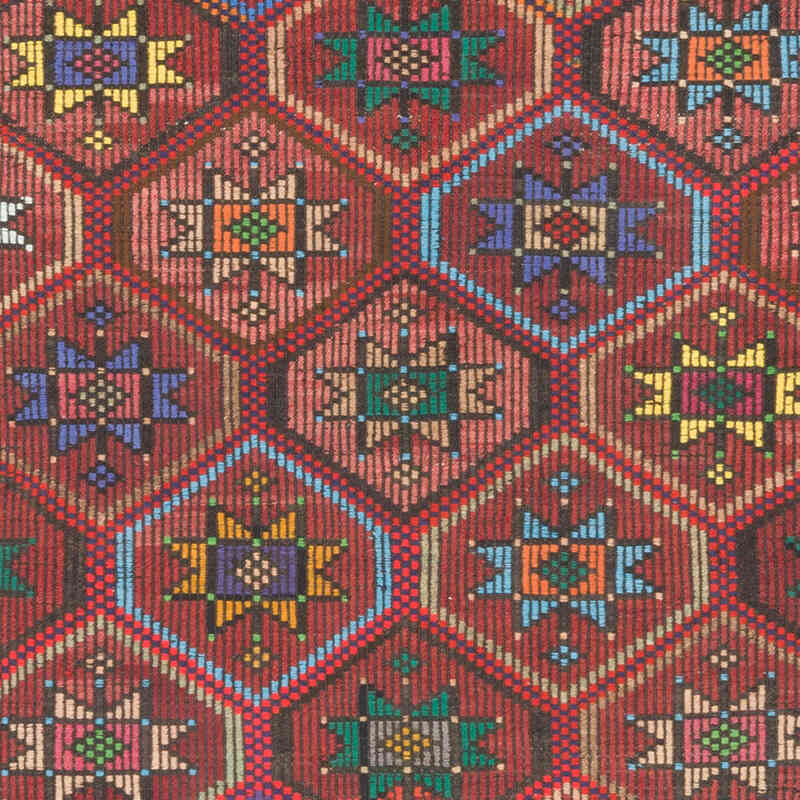
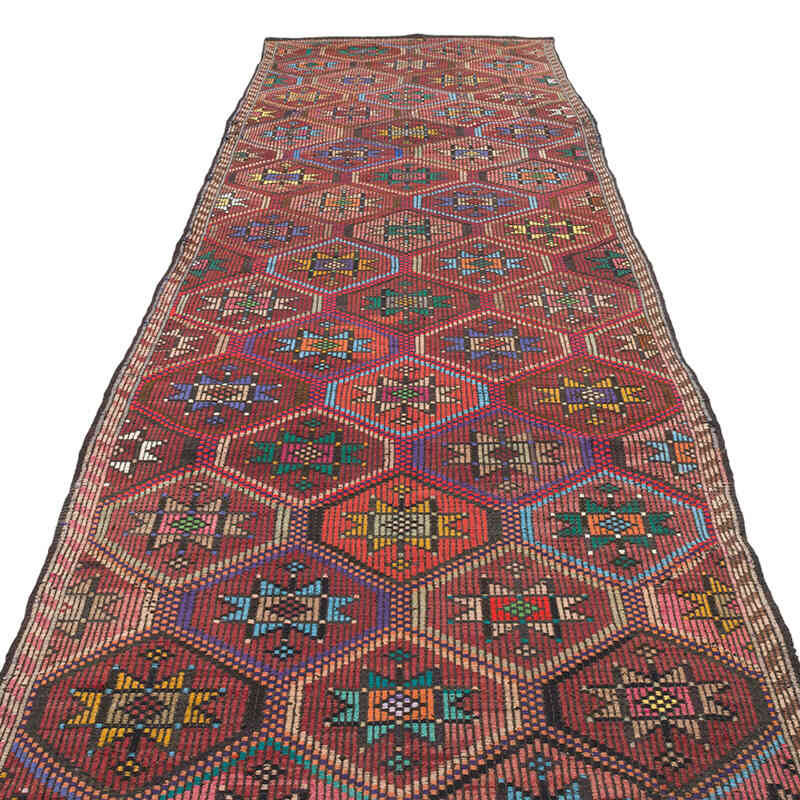
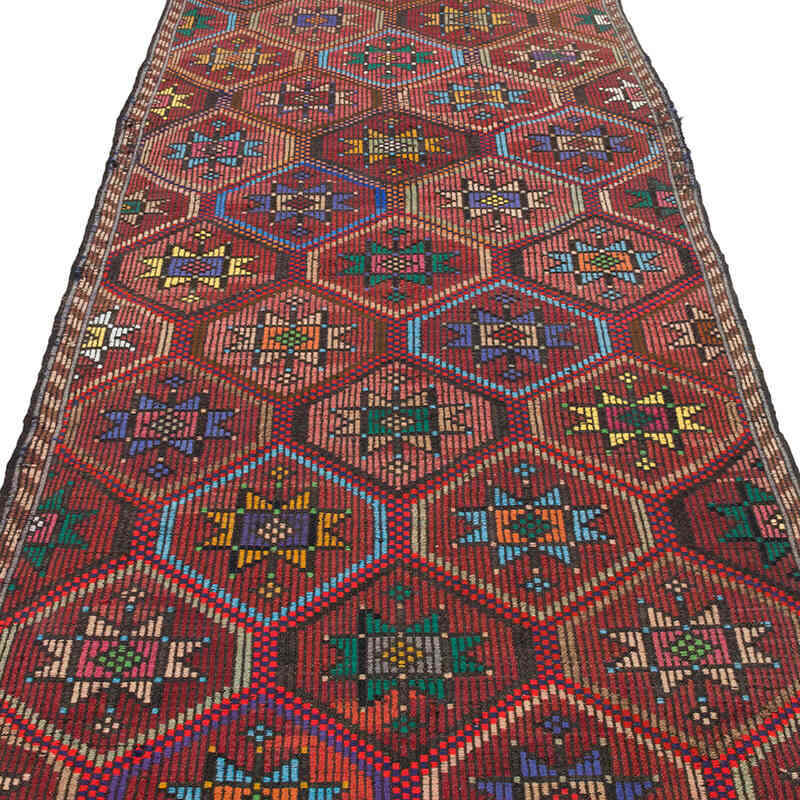
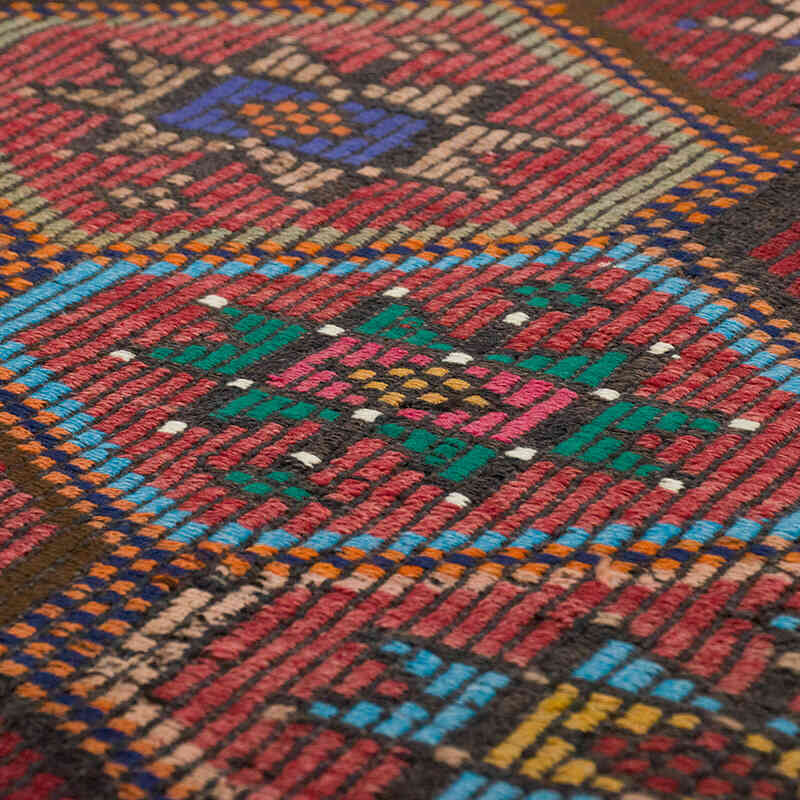
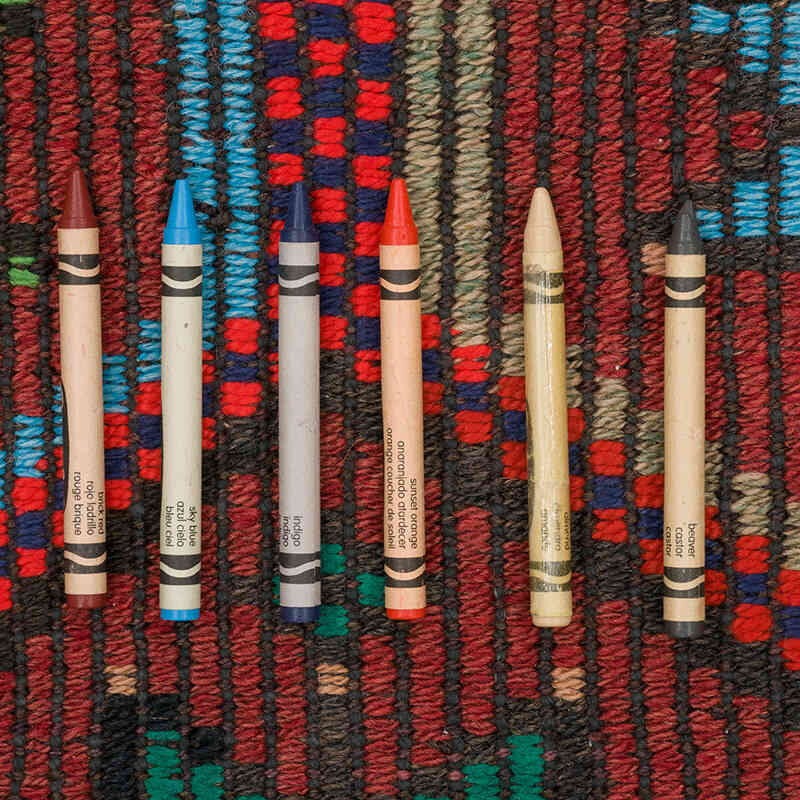
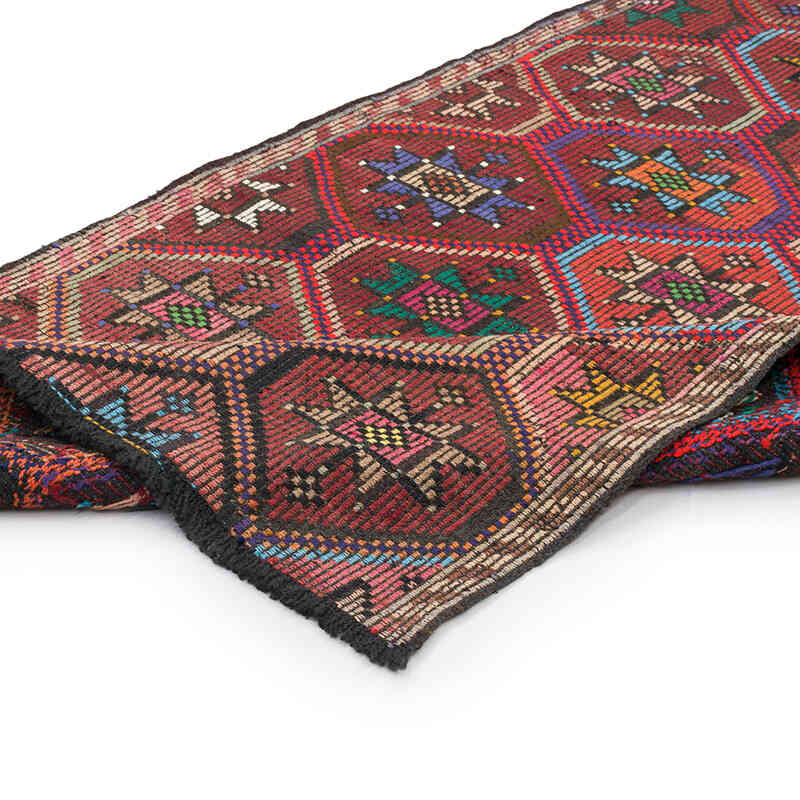
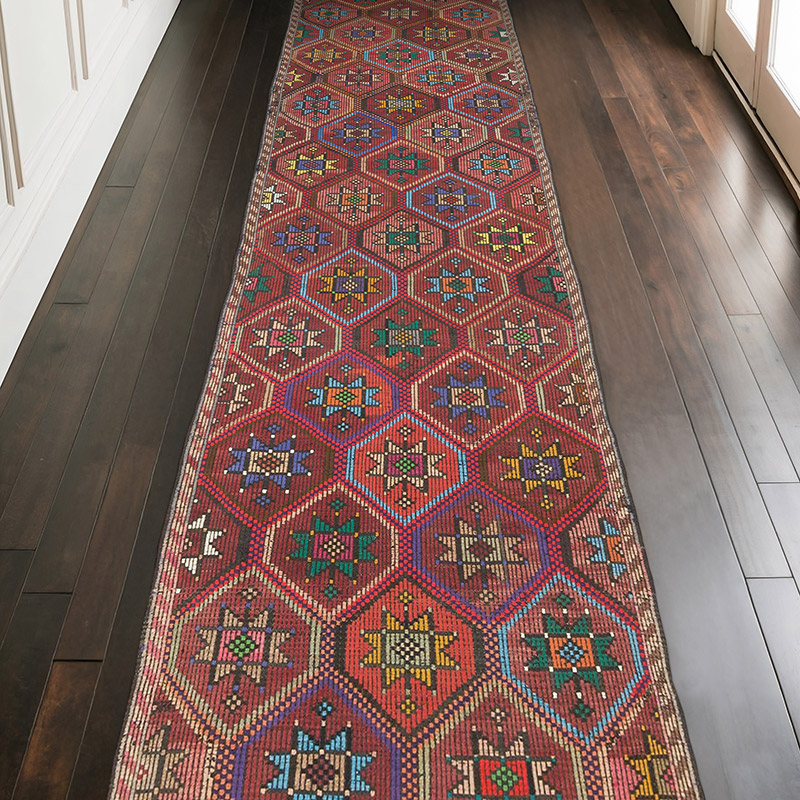











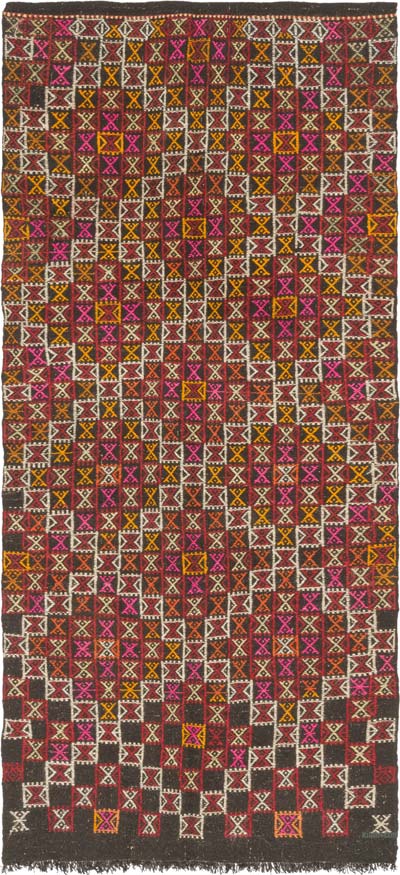


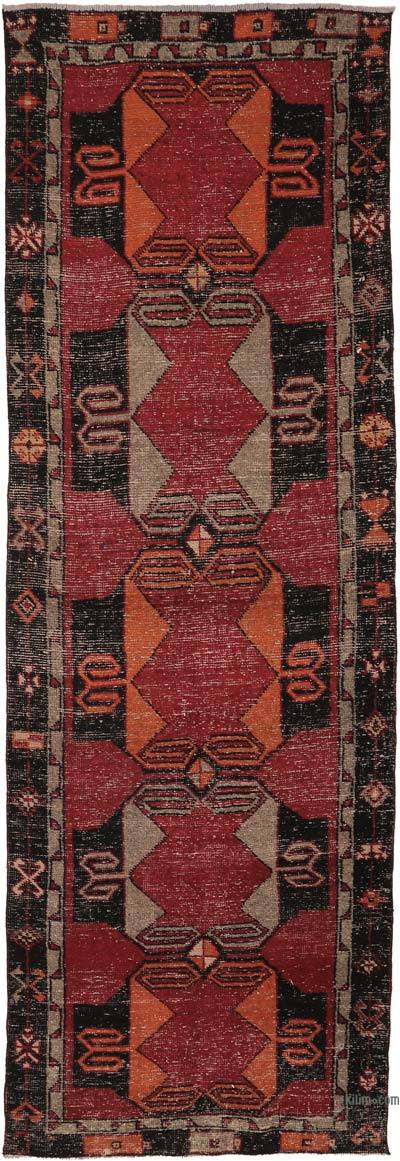

I am an interior designer and I deal…